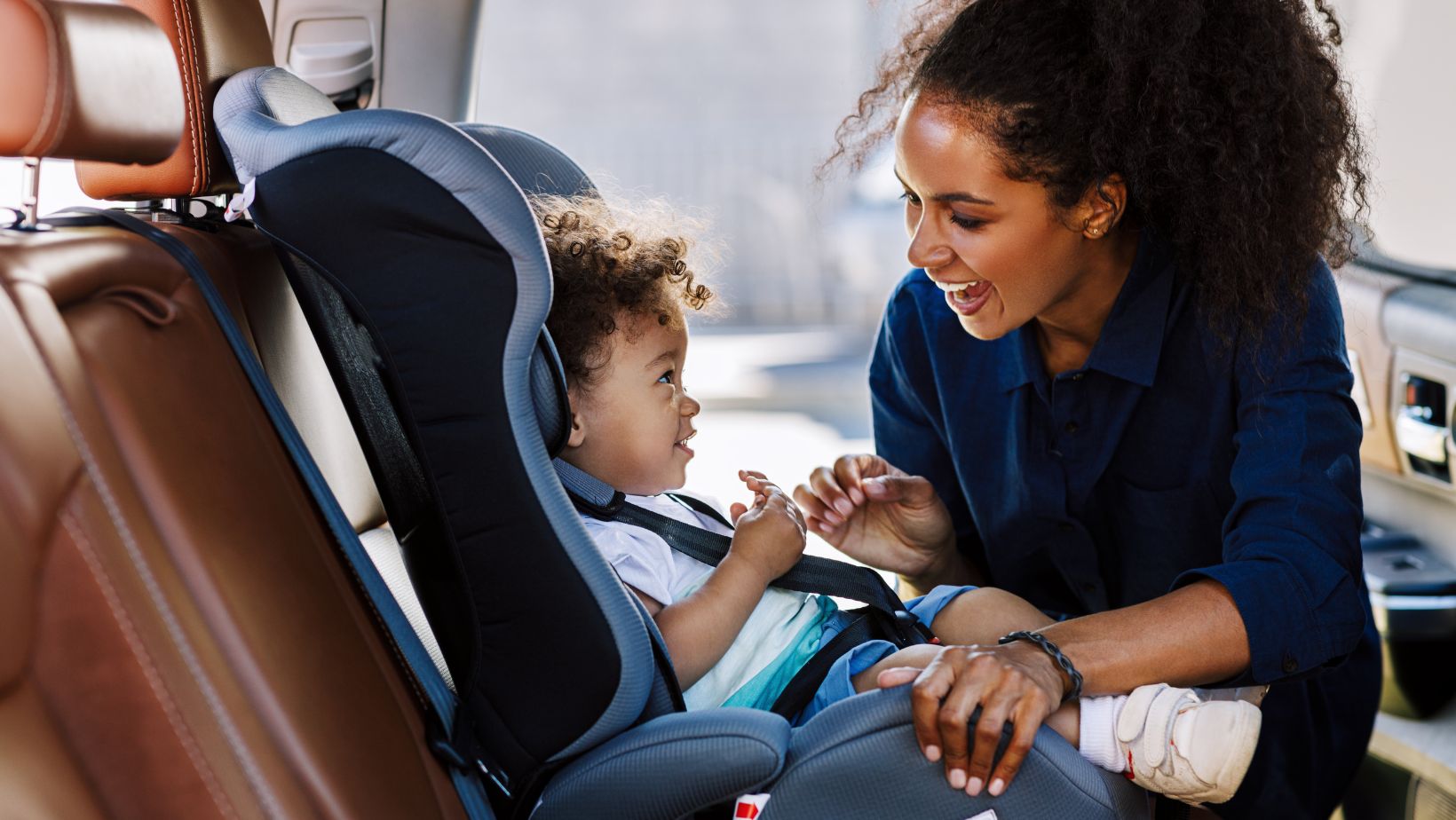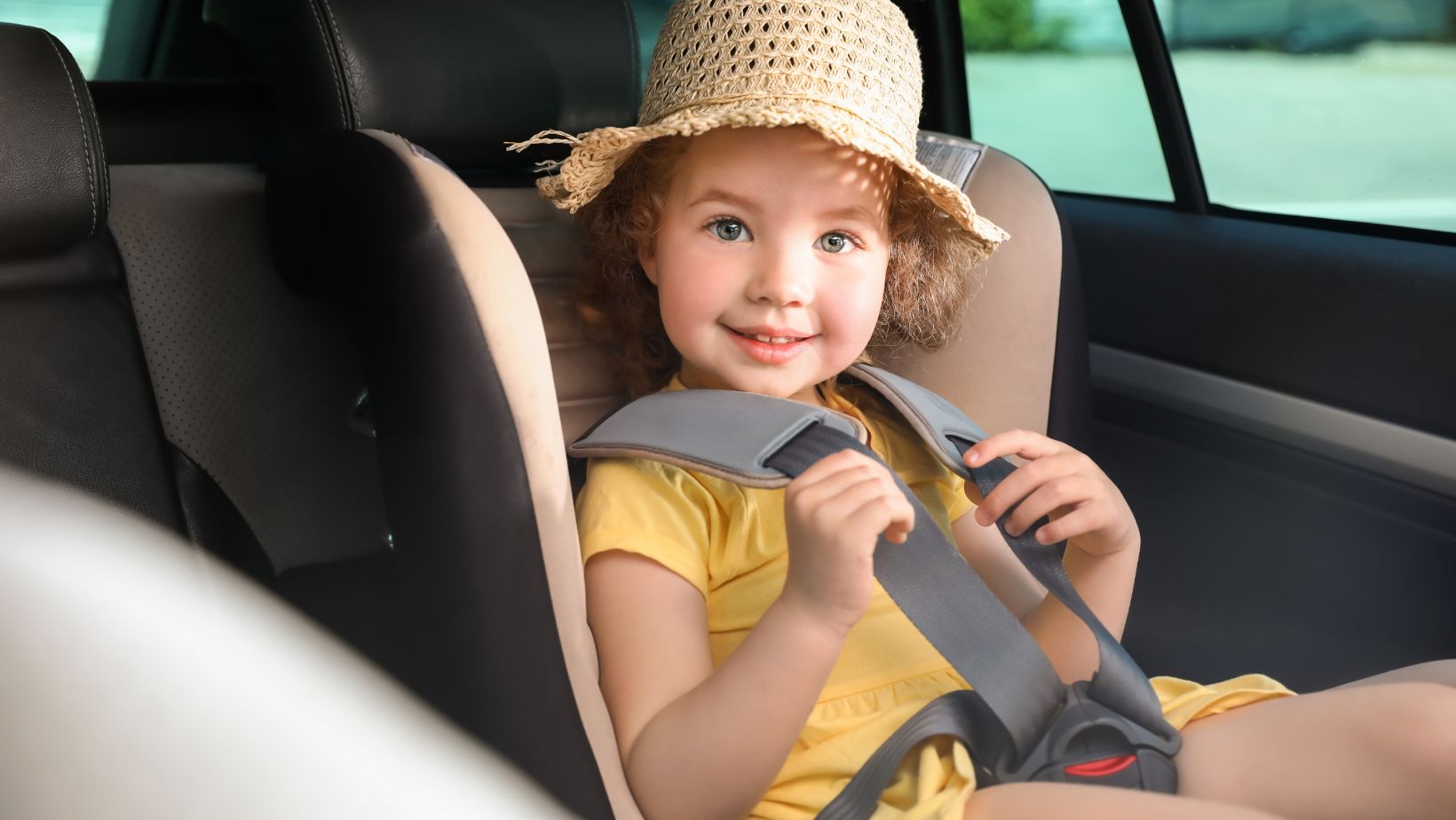
Parents typically have one concern, they want to protect their children from danger. However, some parents still let their children ride around unrestrained in vehicles. If an accident happens, even a minor one, injuries can be substantial.
Vehicle built-in seat belts also aren’t always enough to protect younger children. Your child should always ride in a car or booster safety seat, depending on their age. State laws also have something to say about child car seats.
So, here’s what to know about NY child seat safety laws; the information provided here can keep your child safe if you’re involved in an accident.
New York Child Safety Seat Laws
An estimated 33% of vehicle accidents in New York City resulted in injuries or fatalities in 2022 State data indicates an average of 312 traffic accident-related fatalities each year. These statistics highlight the importance of keeping children safe in vehicles.
To help reduce child injury and fatality in vehicle collisions, New York has strict laws parents must follow:
- Children age 4 and under must use car seats that meet Federal Motor Vehicles Safety Standard 213 regulations. To make it a little easier for parents to know if they’re choosing the right car, most indicate they meet or exceed accepted safety standards.
- All children riding in a vehicle must use a safety seat system until they’re at least 8. A child’s weight can also be a factor. If a child turns 8 but doesn’t meet weight requirements, at least 40 lbs., they probably need to continue using a safety seat.

New York law goes on to clarify when a child can use the vehicle’s seat belt system. Children 8 years old and weighing at least 40 lbs can move to a booster seat. However, a child must ride in a booster seat until they meet the state’s weight and height requirements
A Look at the Different Types of Child Safety Seats
Whether you’re browsing online or at a retail store, the sheer number of car seats on the market can be overwhelming. Do you need a car seat for a newborn or infant? What about convertible car seats? We’ll break down the different types of child safety seats to ensure you’re following New York law.
Infant Seats
Before you leave the hospital with your newborn, you must have an infant car seat. Yes, you can find car seats advertised for preemies, but it’s probably not necessary.
Infant car seats are designed for babies 22 lbs. and less; the seat also only accommodates infants measuring 25 inches and less in length. The small size of the child safety seat is designed to prevent your baby from being jerked around if an accident occurs. Think of the infant car seat as acting like a protective cocoon around your baby.
Infant car seats must be installed rear-facing, this is the law in New York, and also how infant car seats are actually designed.
Convertible Child Safety Seats
You can purchase an infant and toddler separately but you can also go with a convertible model. The cost is usually a little less and you have some more leeway with weight limits. A convertible infant car can often support weights up to 40 lbs, which is the state requirement for moving to a toddler or booster seat.
With a convertible child restraint safety system, the infant seat is still rear-facing. Once your child outgrows the infant seat and meets state requirements, you can move them to the front-facing one.
Most convertible toddler seats can support children up to 60 lbs. before transitioning to a booster seat. A quick safety note, you should never place a child safety seat in the front of the vehicle.
New York’s Booster Seat Law
Since children can’t use a vehicle’s built-in safety belt system until they turn 8, most outgrow their child seats. This is when New York’s booster seat law comes in. All children 8 and under must use a booster seat until they weigh at least 40 lbs. They must also reach a height of 4 feet 9 inches.
Smaller children may need to ride in a booster seat past their 8th birthday if they haven’t met both the weight and height requirements.
Are Built-In Child Seats Legal?
Even though a few newer vehicles are being equipped with built-in child seats, it doesn’t mean tossing out your approved safety seat. Built-in child seats haven’t been tested for weight and height limits. The seats also don’t meet state legal requirements.

You’re still required to use an approved child safety seat even if your vehicle has one built-in. Another downside of the built-in seats is they’re front-facing and not designed for infants.
Can You Install a Child Safety Seat Near an Airbag?
Even though New York doesn’t prohibit children’s booster seats up front, it’s not a good idea. Research indicates the force of an airbag deployment can cause serious injuries to infants, toddlers, and children.
The best place for your child in a vehicle is always in the back seat. Wait until they are older to let them ride up front.
Potential Penalties for NY Child Safety Seat Violations
The penalties for violating New York’s child safety laws can range from $50 to $100. If you’re wondering, the fines are the same for adults violating the state’s seat belt law. If this is your first violation, you can also receive a point on your driver’s license. You can receive up to three points for each subsequent offense.
While the monetary fines may not seem too steep, the points on your license can affect your insurance rates. You may end up paying higher monthly premiums even if you’re not involved in an accident. Law enforcement can pull over any vehicle suspected of violating child safety seat laws.
If you believe you unfairly received a citation for violating New York child safety seat laws, talk to an attorney. They can review your case and discuss your legal options. You may be able to successfully fight the ticket in traffic court.


















